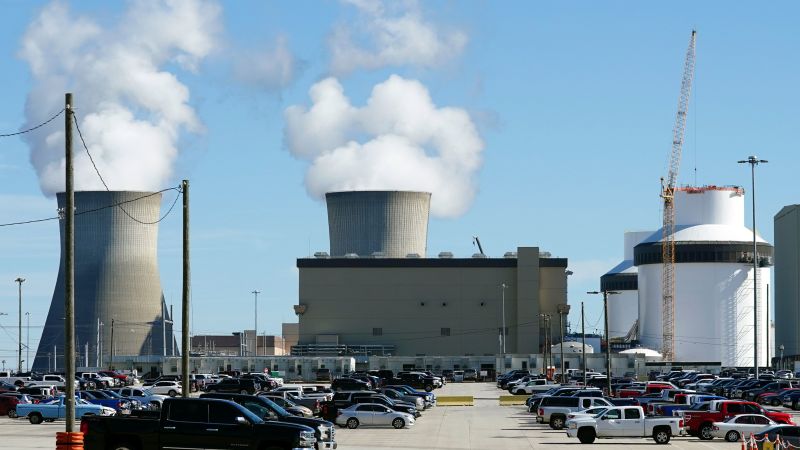A version of this story appears in CNN’s What Matters newsletter. To get it in your inbox, sign up for free here.
Two distinct and unrelated stories this week convinced me it was a good moment to look at nuclear power in the US.
Those developments, which might give anyone pause about the future of nuclear power, are counteracted by other headlines.
The opening of a new nuclear plant in Georgia, for example, will bring carbon emission-free energy at exactly the time worldwide temperature records drive home the reality of climate change caused by the burning of fossil fuels.
Germany made the decision to decommission all of its nuclear plants after disasters like Chernobyl and Fukushima. The last nuclear reactor there was taken offline earlier this year, a decision some might have regretted after Germany’s access to Russian natural gas was threatened by the war in Ukraine.
Next door, France is the worldwide nuclear leader. Most of its electricity is generated by nuclear power.
Russia, while it has been ostracized from the world economy in almost every way since its invasion of Ukraine, remains a major player in nuclear power. It enriches and sells uranium through its state-controlled nuclear energy company, Rosatom, which builds and operates plants around the world, according to a March report from CNN’s Clare Sebastian that explains why the West has largely left Russia’s nuclear power industry alone.
But it is China that is moving the quickest toward nuclear power production, according to the International Atomic Energy Agency.
As of 2022, about 18% of US electricity is generated by nuclear power, according to the US Energy Information Administration. Most large US nuclear reactors are old – averaging 40 years or more.
In addition to the Georgia reactor coming online, a new reactor began…
Read the full article here

Leave a Reply